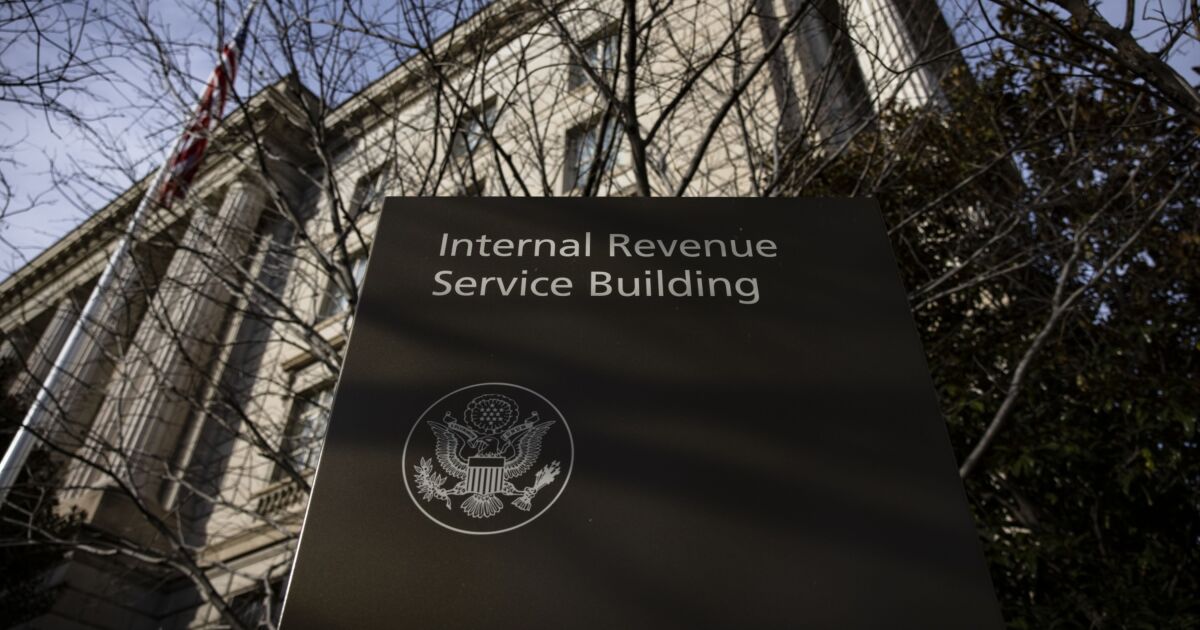The Internal Revenue Service made progress on its customer service and systems last year, but it’s still facing challenges with processing tax returns on time, according to a new report.
The report, released Thursday by the Government Accountability Office, noted that the IRS set a 13-day processing goal for individual paper returns but instead averaged 20 in 2024. In addition, IRS responses to taxpayer mail continued to be delayed, with 66% of them considered to be late at the end of filing season. The IRS has a web page showing the receipt date of taxpayer mail it is processing, but the page didn’t provide timeframes for when taxpayers should expect a response.
The release of the report comes as the IRS began another tax season on Monday while dealing with a hiring freeze imposed by President Trump in an executive order signed on the day of his inauguration, singling out the IRS for an even longer period when it won’t be able to hire. That move has prompted the IRS to rescind some of its job offers amid uncertainty over the more than $20 billion in budget cuts that Congress recently approved as part of a deal to avoid a government shutdown, on top of an earlier $20 billion in budget cuts.
During the 2024 filing season the IRS processed 98% of the nearly 174 million individual and business tax returns it received, as of April 19, 2024, according to the GAO report. However, the IRS continued to face challenges with timely processing of paper returns. For example, the IRS did not meet its 13-day goal for processing individual paper returns, instead averaging 20 days. In January 2024, the GAO reported that the IRS faced similar challenges processing paper returns during the 2023 filing season and recommended that the IRS determine the cause and address processing shortfalls. The IRS agreed and changed its reporting methodology in June 2024 to account for days in which the IRS is still awaiting taxpayer responses. However, the IRS has not yet documented the cause for the shortfalls.
“The 2024 filing season marked significant achievements by the IRS as we continued to modernize our operations by replacing aged equipment and transitioning our process to a more digitally integrated model,” wrote IRS acting commissioner Douglas O’Donnell in response to the report.
He was named acting commissioner after Danny Werfel announced he would be resigning on Jan. 20, Inauguration Day. Trump had named a former Missouri congressman, Billy Long, to replace Werfel, even though Werfel’s term wasn’t set to end until November 2027.
“We remain focused on improving service to taxpayers, offering them more in-person and online resources as part of our effort to deliver another successful tax season,” wrote O’Donnell. “Taxpayers and tax professionals saw additional improvements in our operations and service in 2024 that made it easier for them to prepare and file taxes.”


 Economics1 week ago
Economics1 week ago
 Economics6 days ago
Economics6 days ago
 Personal Finance6 days ago
Personal Finance6 days ago
 Accounting6 days ago
Accounting6 days ago
 Personal Finance1 week ago
Personal Finance1 week ago
 Economics7 days ago
Economics7 days ago
 Finance6 days ago
Finance6 days ago
 Personal Finance6 days ago
Personal Finance6 days ago











